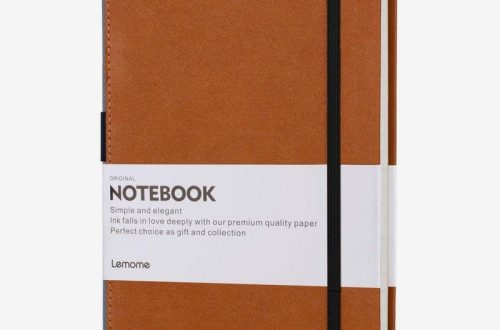Watercolor, with its delicate washes and unpredictable nature, can be a captivating artistic medium. Yet, for beginners, it can also be frustrating. The key to mastering watercolor lies in understanding its unique properties and embracing the techniques that allow you to create the effects you desire. This article will explore four essential techniques that will equip you to embark on your watercolor journey with confidence.
Part 1: Understanding Watercolor Paints and Paper
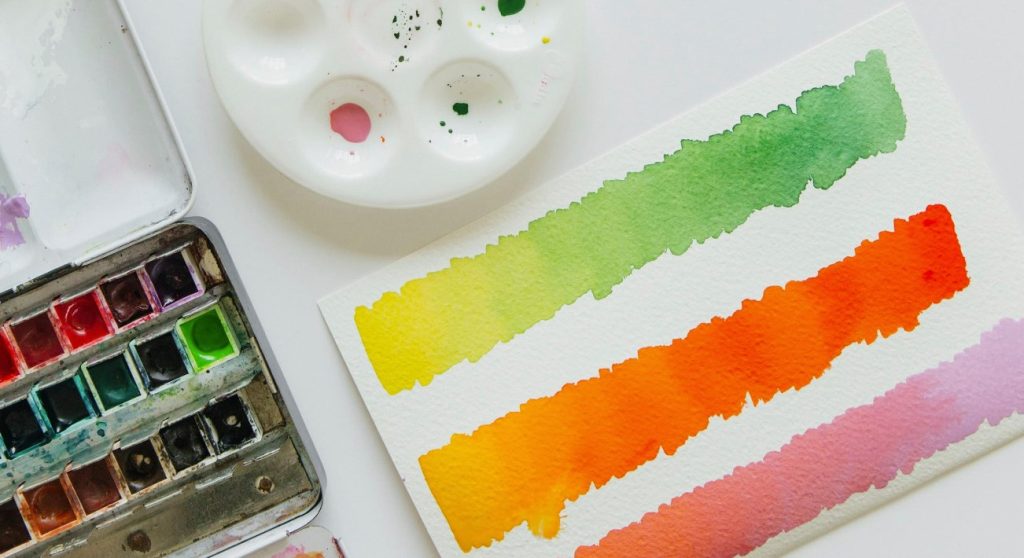
1. Watercolor Paints:
Watercolor paints come in various forms, including tubes, pans, and liquids. Pans are a convenient choice for beginners as they are portable and require minimal setup. Tube watercolors offer a wider range of colors and are preferred by professional artists. Liquid watercolors are pre-mixed and ready to use, making them ideal for quick washes and experimentation.
Regardless of the form you choose, opting for good quality paints is crucial. Student-grade paints may appear affordable, but they often lack the vibrancy and transparency that are hallmarks of professional-grade paints. Invest in a limited palette of high-quality pigments to get you started. You can always expand your collection later.
2. Watercolor Paper:
Watercolor paper is specifically designed to absorb water and withstand washes without warping or buckling. The two main surface textures are hot-pressed and cold-pressed. Hot-pressed paper has a smooth texture, ideal for creating fine details and realistic paintings. Cold-pressed paper has a more textured surface, which allows for interesting effects and is well-suited for looser styles of painting.
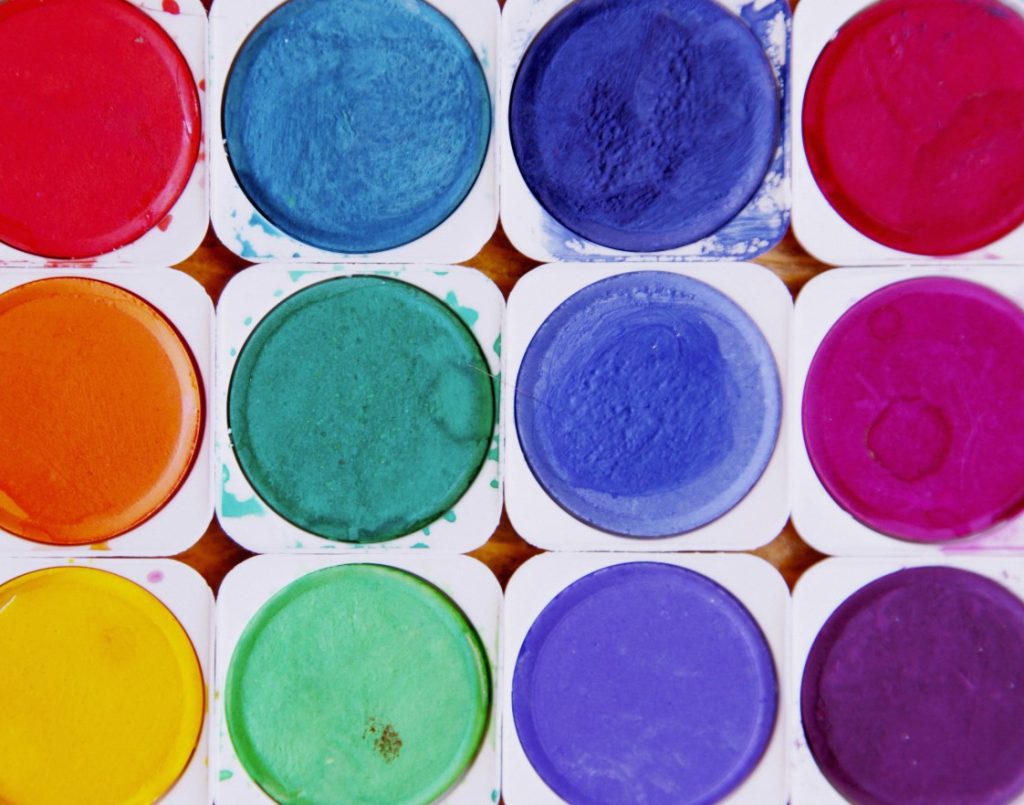
Another important factor to consider is paper weight, which is measured in pounds (lbs) or grams (gsm). Heavier weight paper (140 lbs/300 gsm or higher) is less likely to buckle when wet and is suitable for wet-on-wet techniques. Lighter weight paper (90 lbs/140 gsm) is more portable and dries faster, making it a good choice for quick studies and travel.
Part 2: Basic Watercolor Techniques
1. Washes:
Washes are the foundation of watercolor painting. They involve applying diluted paint to create areas of flat color. The amount of water you use will determine the transparency of the wash. A heavy wash, made with more water, will be light and transparent, allowing the underlying paper texture to show through. A lighter wash, made with less water, will be more opaque and intense.
There are several ways to create washes. You can start by wetting the entire paper and then dropping in pools of color. The colors will bleed and blend together organically. Alternatively, you can apply wet washes to dry paper, allowing for more controlled placement of color. Experiment with different techniques to discover what works best for you.
2. Brushstrokes:

Watercolor brushstrokes come in a variety of forms, each adding a unique character to your painting. Flat washes can be created with broad, horizontal strokes of the brush. Textured effects can be achieved with scrubbing motions or by using the tip of the brush. Experiment with different brushstrokes on a scrap piece of paper to see how they interact with the paint and water.
Learning to control the amount of water on your brush is essential for creating successful brushstrokes. A well-loaded brush will produce smoother washes and bolder strokes. A drier brush will result in more textured marks and finer details. Practice varying the pressure you apply to the brush to achieve a range of effects.
Part 3: Layering and Color Techniques
1. Layering:
Layering is a fundamental technique in watercolor painting that allows you to build up color gradually. By applying thin washes one on top of another, you can create depth and richness in your paintings. Start with a light wash and gradually add darker layers to create shadows and depth.
The key to successful layering is to allow each layer to dry completely before applying the next. This will prevent the colors from muddying together and ensure clean transitions. You can also use masking fluid to protect specific areas of your painting while you work on other areas.
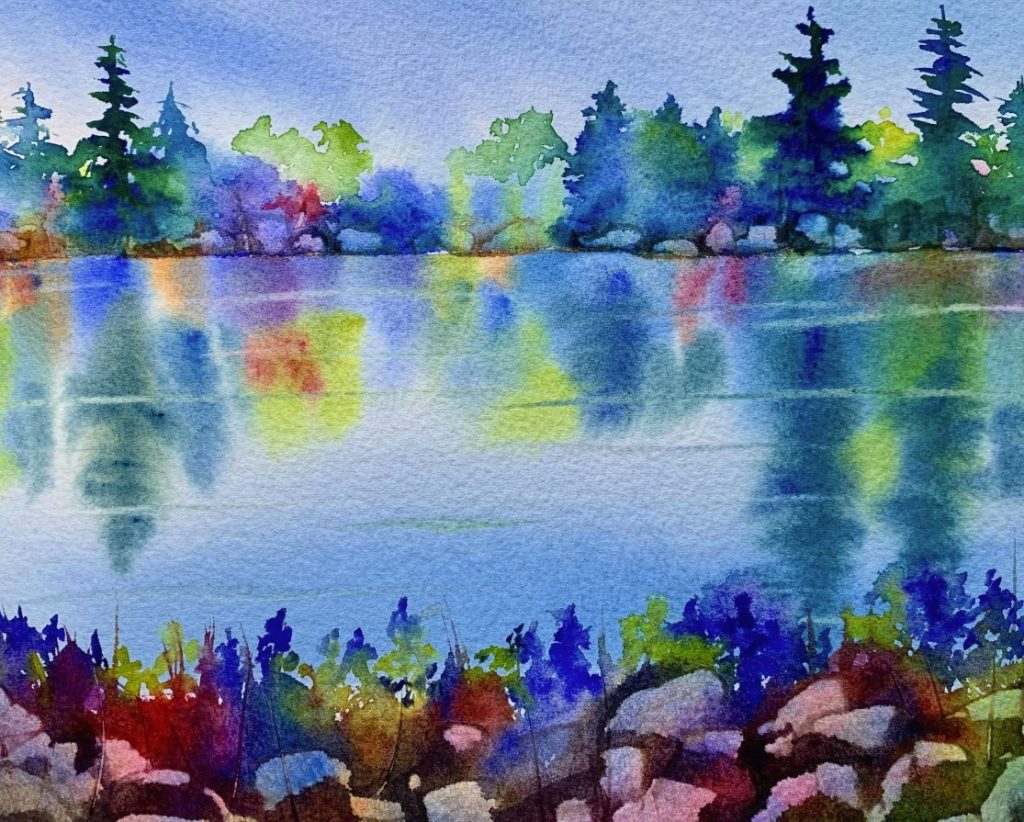
2. Color Mixing:
Watercolor paints offer a vibrant spectrum of colors, but with a limited palette, you can create a surprising range of hues. Experiment with mixing primary colors (red, yellow, and blue) to create secondary colors (orange, green, and violet). You can then further expand your palette by mixing secondary colors with each other or with primary colors.
Learning to identify cool and warm colors will help you create harmonious color schemes in your paintings. Cool colors (such as blues and greens) tend to recede, while warm colors (such as reds and yellows) tend to advance. Use this knowledge to create depth and a sense of perspective in your compositions.
Part 4: Mastering Watercolor: Practice and Experimentation
1. Embrace Experimentation:
Watercolor is a fluid and unpredictable medium. Unlike oil paints, which allow for easy corrections, watercolor washes can be challenging to control.
However, this very characteristic is what makes watercolor so captivating. Embrace the element of surprise and allow yourself to experiment. Happy accidents often lead to the most interesting effects. Let the paint flow freely and see where it takes you.
2. Practice Regularly:
As with any art form, mastering watercolor takes dedication and practice. Set aside time each day, even if it’s just for a few minutes, to experiment with different techniques. Paint simple objects like flowers or landscapes to hone your skills in washes, brushstrokes, and color mixing. There are also numerous online tutorials and workshops available to guide you on your artistic journey.
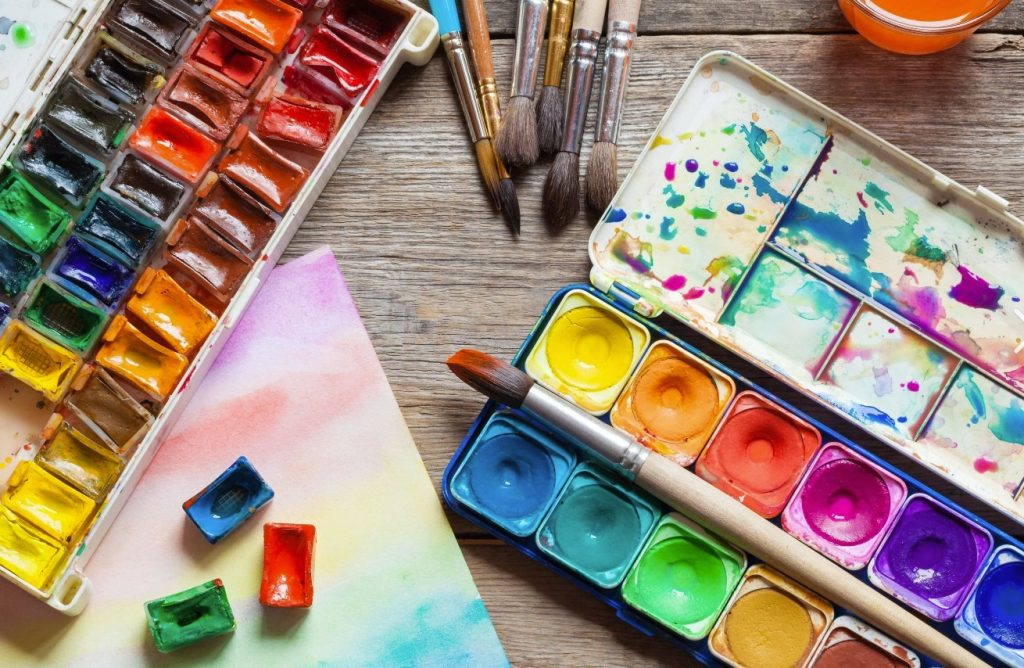
Remember, the most important aspect of mastering watercolor is to have fun and enjoy the process. Don’t be afraid to make mistakes – they are simply opportunities to learn and grow as an artist. With dedication and practice, you’ll be well on your way to creating beautiful and expressive watercolor paintings.
In addition to the tips mentioned above, here are some additional resources that you may find helpful:
Watercolor books and magazines: These resources often feature inspiring artwork alongside step-by-step tutorials and helpful tips.
Online art communities: There are many online communities where you can connect with other watercolor artists, share your work, and get feedback.
Local art classes and workshops: Taking a class or workshop can be a great way to learn new techniques and get personalized instruction from a professional artist.
With these resources and the essential techniques outlined in this article, you have a solid foundation for embarking on your watercolor adventure. So grab your brushes, experiment with colors, and let your creativity flow!

